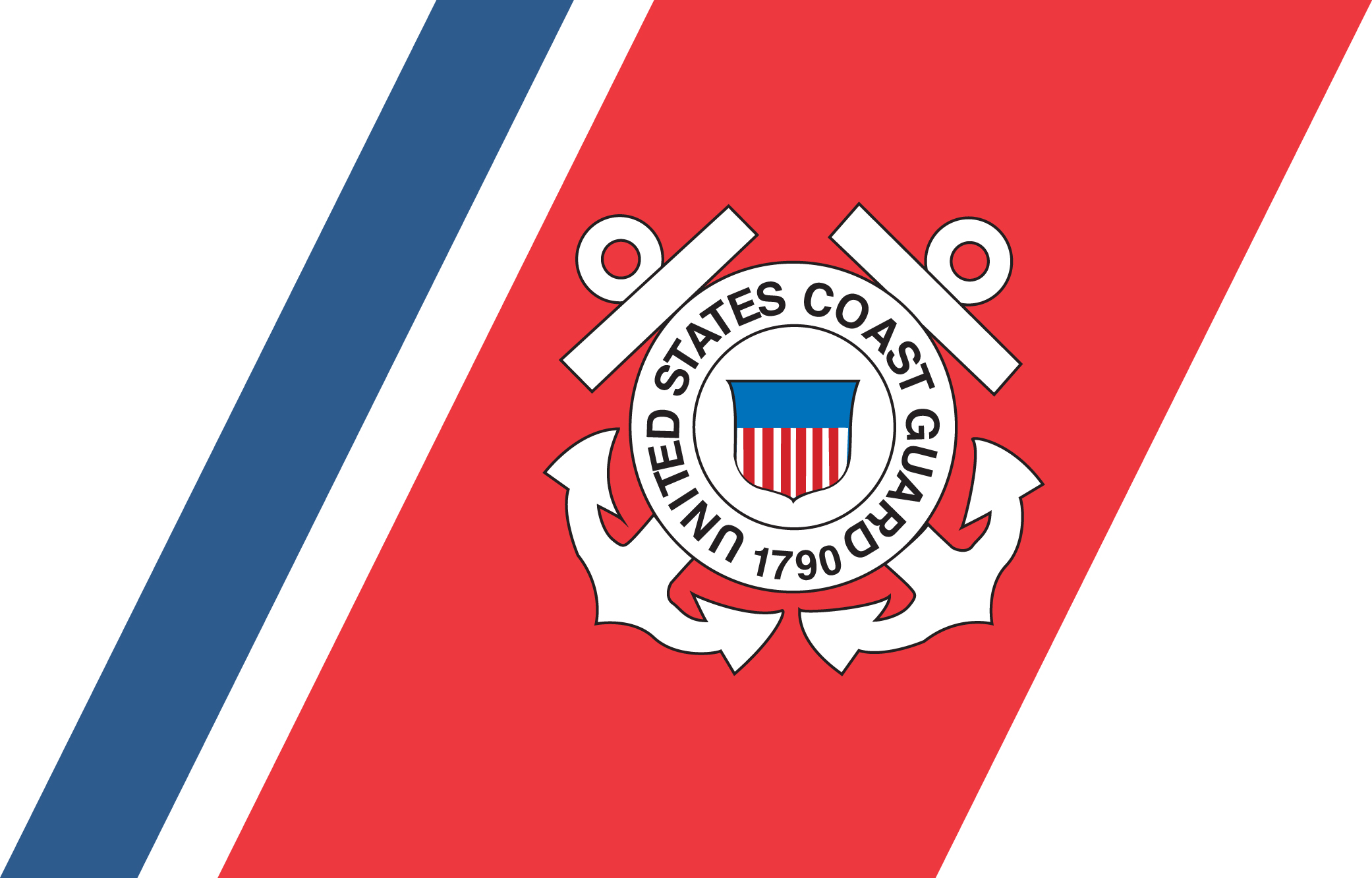The United States Coast Guard has seen the volume of ballast water being treated prior to discharge rise dramatically in the last two years as its regulations kick in and owners instal systems on newbuldings and existing vessels.
In a series of blogs, USCG Rear Adm. John Nadeau, assistant commandant for prevention policy wrote that the volumes of treated water are increasing, which could be taken to show the number of vessels with equipment onbard is increasing. But hae also notes in another blog pot in a recently puished series that ownrs shld not expect treatment systems to be “plu and play”, meaning that tthis is not an easily installable technology even if a newbuilding has been designed with enough space for a solution to be installed at a later date.
He wrote that in 2015 there was 150,000 m3 of water being treated prior to discharge every month. Today that rate is up to 1.8m m3 of water per month, representing a tenfold increase.
The USCG has issued type approval certificates for six ballast water treatment systems and knows of several where the paperwork has been submitted by the independent laboratories doing the tests, or are under test at an IL. The Coast Guard Homeport website gives much more detail about the systems that have been type approved and details of the testing process can be found here.
With regard to installing systems he said that owners often have the expectation that upon delivery of a newbuilding “there would be sufficient space, power, and piping available for a future “plug and play” type system,” unaware of the extra work needed.
”Others expect a system that will “plug and play” into their operations and be effective under all conditions wherever they operate around the world. The different treatment technologies employed by the various BWMS manufacturers each have unique features and operational requirements that must be satisfied in order for the equipment to function properly. Owners should expect that fitting a BWMS to a specific vessel will require a thorough analysis of the vessel’s engineering systems, cargo operations, and trade routes.”
Fathom-News.com































